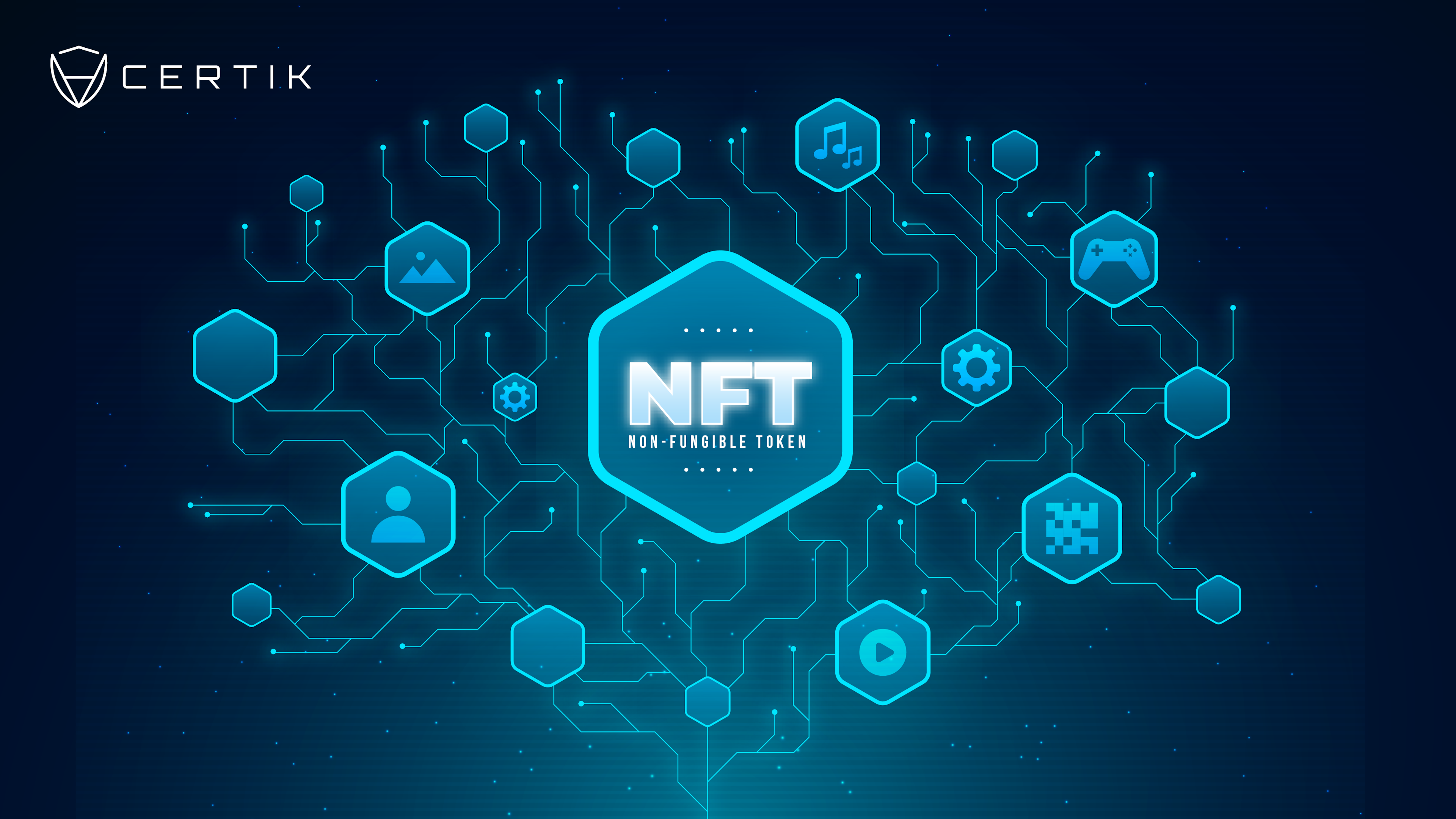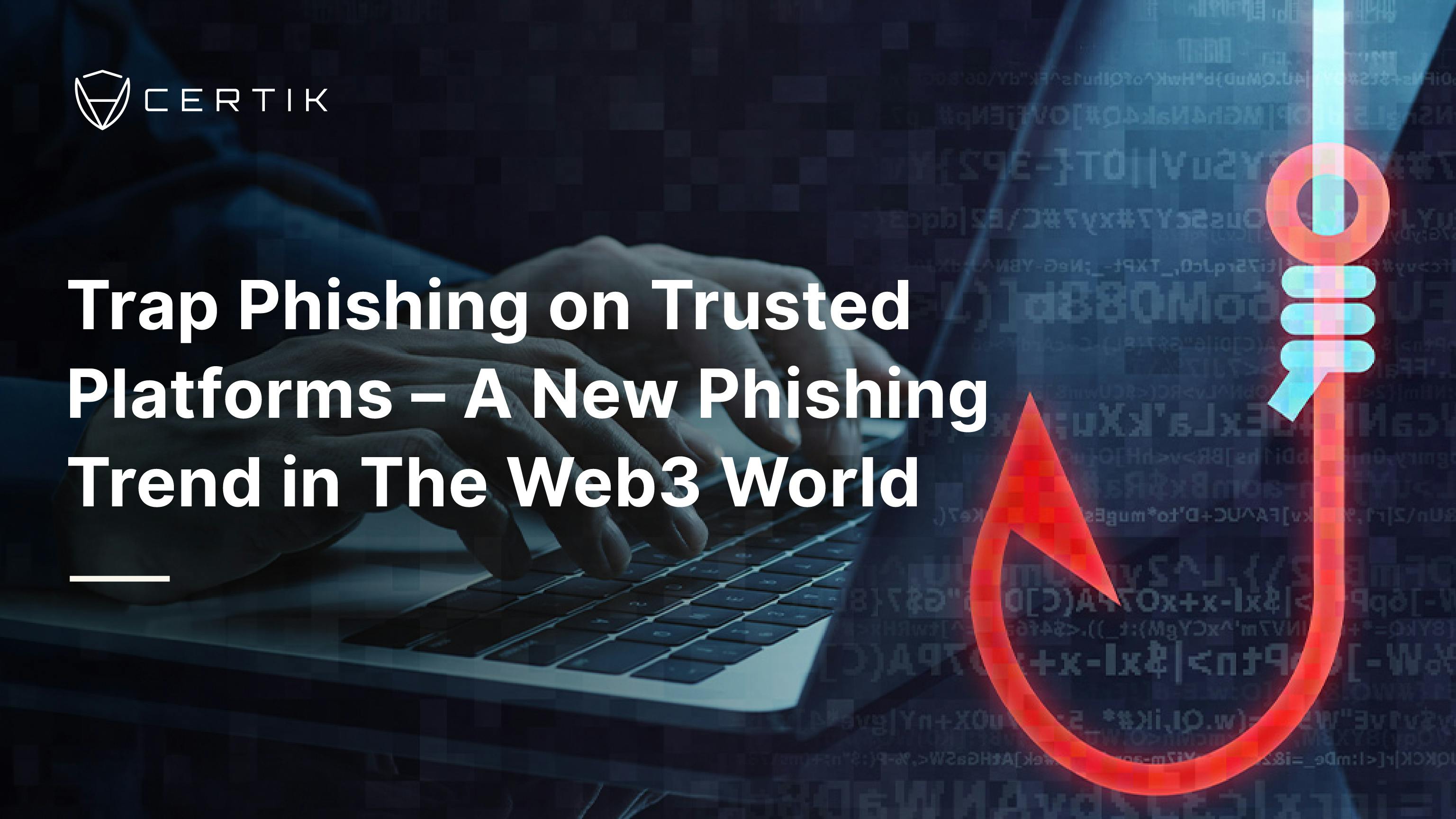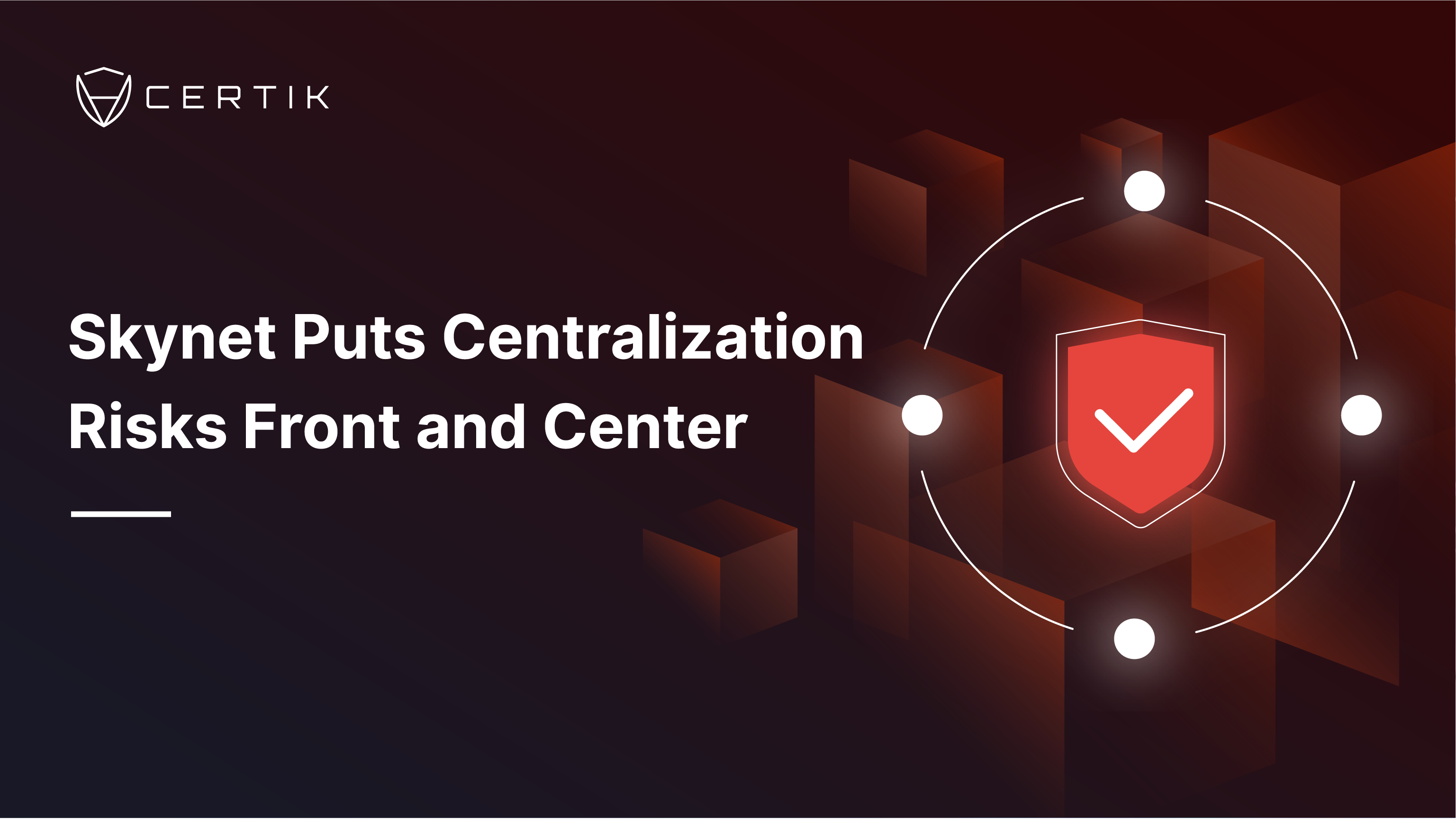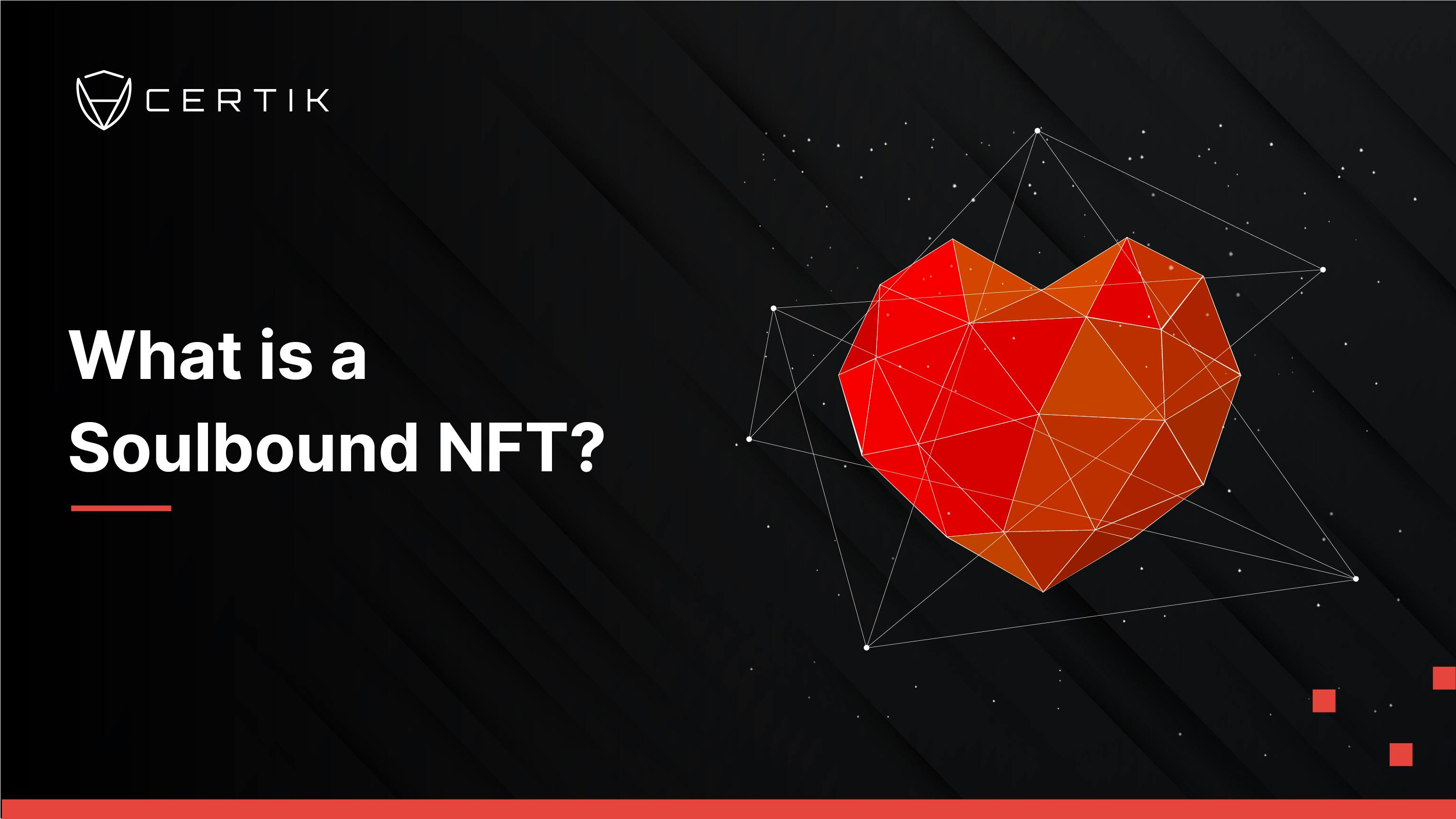
NFTs have entered the zeitgeist this year, going from an obscure usecase of blockchain technology to a major force for attracting new entrants into the world of crypto.
You might have heard that earlier this year, or maybe you’re becoming acquainted with NFTs for the first time.
So let’s jump right in: What is an NFT?
NFT stands for non-fungible token.
Non = not
Fungible = interchangeable with or identical to others of its type
Token = a digital asset native to a blockchain
So, putting that all together, we can define an NFT as: a blockchain-based digital asset that is unique and not substitutable by any other token.
The majority of digital assets are in fact fungible. One Bitcoin is equal to another Bitcoin, in most circumstances. Similarly, one $20 bill is interchangeable for another $20 bill.
So what makes a token non-fungible?
Well, it could represent ownership of something that is scarce and non-reproducible. For example, an artwork. There’s only one Mona Lisa in the world. The digital artist Beeple sold a single edition NFT of 5000 of his works in early 2021 for $69 million. The non-fungible token represents ownership of that scarce asset: the artwork.
Even in the world of art, NFTs have a much broader range of possible applications than just ownership of an image. Imagine an up-and-coming musician crowdfunding the studio time for an album by selling, say, 10% of its future revenue. Or the tickets to their concert being issued on a blockchain, where fans can be sure that they’re getting a guaranteed-genuine ticket. At the end of the show, the NFT ticket could be redeemed for a physical t-shirt, or kept in the fan’s digital wallet as a different kind of souvenir.
Or how about tokenized ownership of your house, or a fractionalized portion of an investment property? Another major benefit of NFTs is that they bring the real world into the online world. You could put your house up as collateral on AAVE and take a loan against it, without ever having to set foot in a bank. Or you could receive an additional fraction of your home equity every time you make a mortgage payment.
Bringing real-world assets into the cryptoverse opens up new markets and opportunities. The increased liquidity is a win for both buyers and sellers, and the possible combinations of real-world and digital assets are almost unlimited.
Finally, NFTs are potentially an even greater market than fungible tokens. Fungible items (gold, cash, most cryptocurrencies) are media of exchange, usually used to acquire non-fungible items (real estate, art, experiences).
Regulation will be required to ensure that digital assets are actually backed by their physical counterparts, but this is an opportunity, not a hurdle.
It’s still early days, but don’t let the multi-million dollar Cryptopunks and penguins discourage you: NFTs offer real value, and they’re here to stay.



